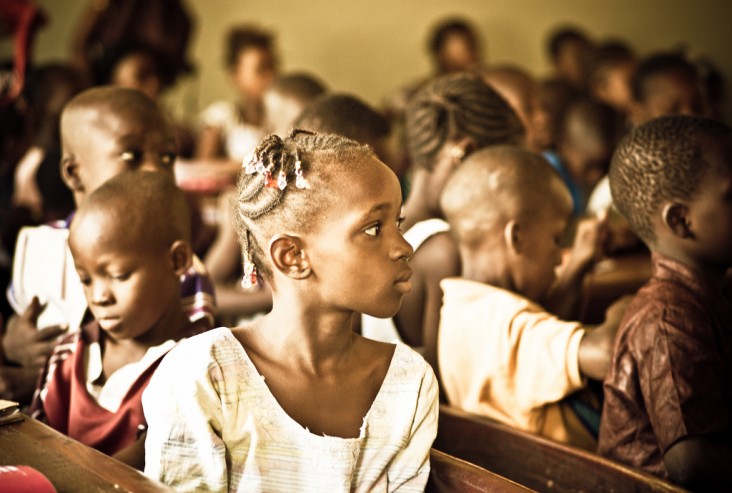
USAID supports girls’ and boys’ access to basic education
USAID/Mali
USAID programs improve the quality of instruction in primary and upper-primary schools and promote out-of-school youth employment. Following peaceful democratic elections and the inauguration of President Ibrahim Boubacar Keïta on September 4, 2013, USAID began working with the Government of Mali to resume foreign assistance more broadly, including education and governance programs, while also adapting continued activities to the new government's priorities.
USAID's long-term investments in education have achieved important results:
- Trained male and female teachers from 2,500 schools in making the transition to a new, mother-tongue curriculum, developed in partnership between USAID and the Government of Mali. They were provided with relevant, easy-to-understand materials that promote gender-friendly, skills-based learning in the classroom.
- Strengthened the accountability of school management by supporting 600 parent-teacher associations and nine local NGOs, ensuring that books, desks, and learning supplies reached their intended teachers and students, while increasing parental involvement in their children’s education.
- Reached 3,993 out-of-school, unemployed youth from both sexes (male: 1,766; female: 2,227), providing academic and vocational training. The proportion of illiterate youth tested participating in USAID’s Youth Project dropped from 79% (male: 85%; female: 71%) at baseline to 48% (male: 59%; female: 36%) at midline, while the proportion of semi-literate youth rose from 21% (male: 15%; female: 29%) to 52% (male: 41%; female: 64%) in that same timeframe.
FACT SHEETS
- Our Children Learn to Read
- Your Child, Reading and You (YCRY)
- Selective Integrated Reading Activity (SIRA)
- Education Emergency Support Activity (EESA)
- Education Recovery Support Activity (ERSA)
- Inclusive Education for Persons with Disabilities
- Equitable Access to Quality Education for Children in Areas of Insecurity








Comment
Make a general inquiry or suggest an improvement.